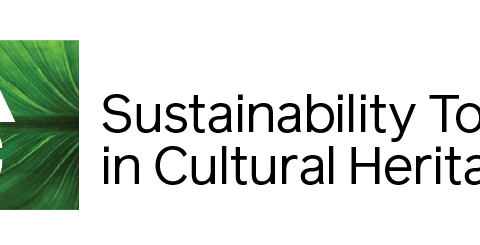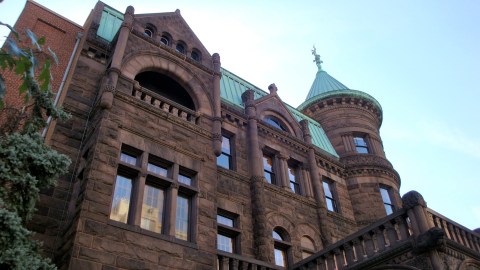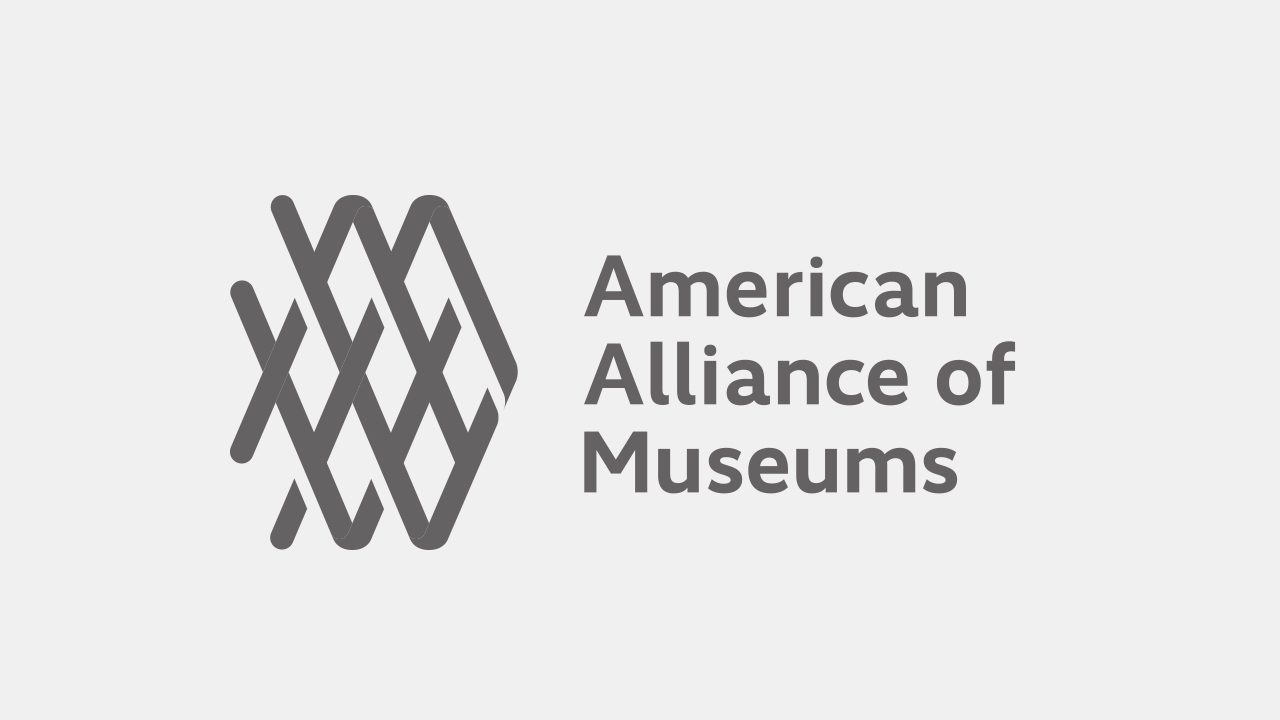This article originally appeared in the March/April 2022 issue of Museum magazine, a benefit of AAM membership.
We just concluded one of my favorite events of the year—Museums Advocacy Day! During this critical annual event, and throughout each year, our Alliance comes together to make the case to legislators that the data is clear: museums’ contributions to our nation’s economy, education, and the preservation of our cultural heritage are vast. I am proud of the growing data and powerful statistics we can share. But what about the impact we haven’t been able to quantify and capture yet? The past two years have made it clear that the impact of museums is continuing to grow and broaden to many other parts of our society.
The pandemic created crises among many of our most important systems—health, education, housing, child care, and elder care, among others. It revealed the deep disparities that exist within many of the structures that make up our country’s core infrastructure.
During this time, many museums stepped up to fill the gaps in these systems—from addressing mental health to bolstering voter registration. They did not turn away from their missions but rather took advantage of the wealth of knowledge and experience that exists among their staff to directly address the needs of their communities. The people behind these efforts made each of their museums a critical part of their community’s ability to manage through the pandemic and begin to recover from it.
How can we use these examples to rebuild our museums, communities, and systems to be stronger, more resilient, and more equitable beyond the current crisis? Your museum can have substantial impact on some of the largest issues facing our world today—from addressing climate change and the mental health crisis to building civic engagement for a stronger democracy and creating a more empathic, equitable, and connected society. The work you do in partnership with your communities and the decisions you make within your own institutions will have lasting impact in these areas.
Our recently released 2022–2025 Strategic Framework includes our commitment to helping you learn from one another, better track and communicate your museum’s impact as an essential part of the community infrastructure, and use these findings and new skills to further embed your museum into your community. We’re working to provide you with the tools and resources you need to explore how to grow your museum’s impact, measure that impact, and communicate it to those who can help your museum become even stronger—from legislators to funders and local leaders. These decision makers need to experience your museum’s impact and hear directly from you about why it matters. They need to know how you’re contributing to the resiliency and equity of your communities and working toward a more just and sustainable world. By doing so, we will all build a thriving museum field, together.
January 21, 2022








